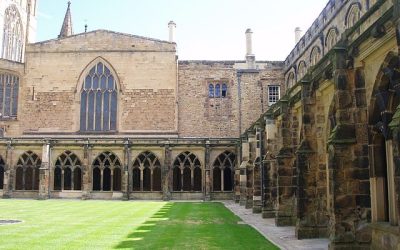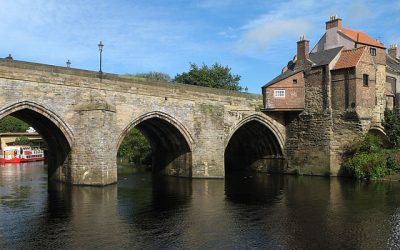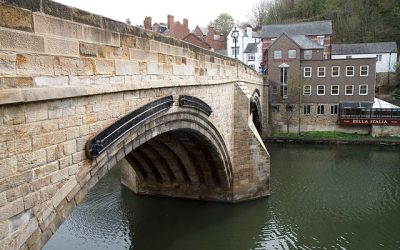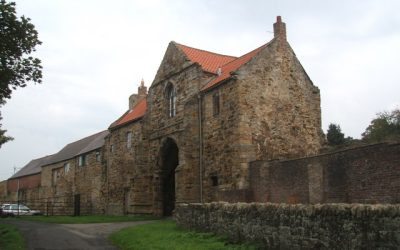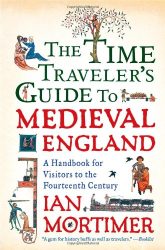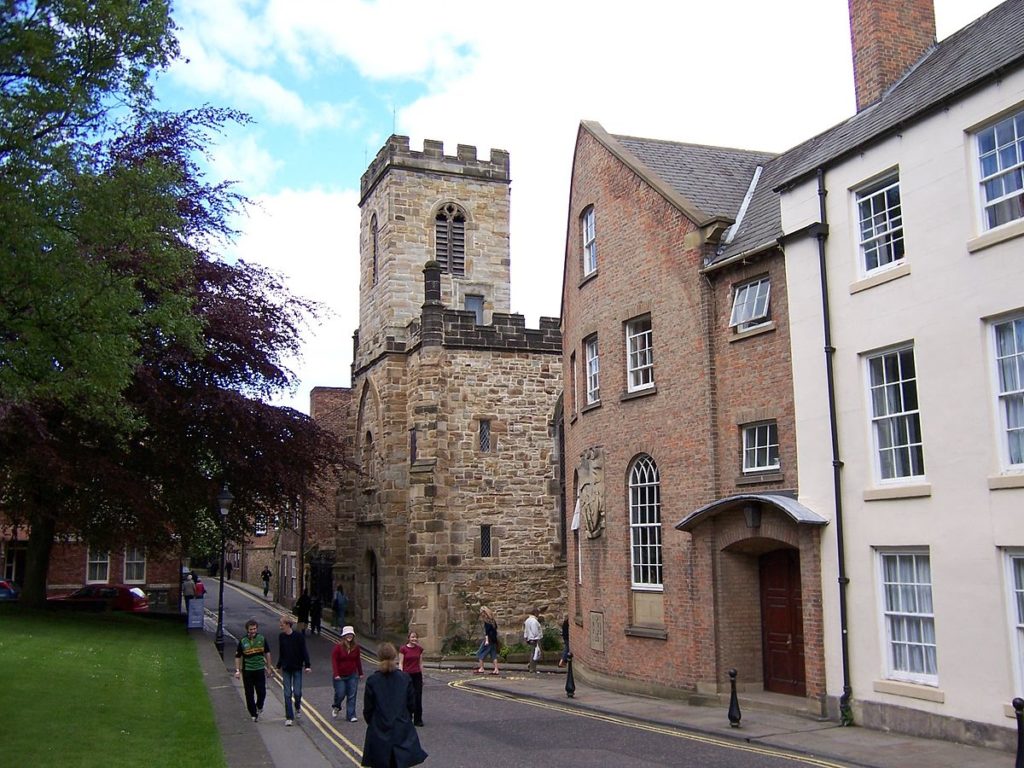
County Durham, North East England
(54°46′34″N 1°34′24″W)
"The city of Durham is an intensely beautiful and historic place. There is so much history there but what makes it special is that it appreciates having that history."
Bill Bryson
Durham is a historic city in County Durham, North East England. Its Norman cathedral became a pilgrimage center in medieval England as the city was founded over the final resting place of St Cuthbert. Durham Castle is the only Norman castle keep never to have suffered a breach.
Archeological evidence suggests a history of settlement in the area since roughly 2000 BC, but local legend states that it was founded in A.D. 995 by divine intervention. During the medieval period, the city gained spiritual prominence, and due to its geographical position, it was considered an important place in defense of England against the Scots.
The city suffered from plague outbreaks in 1544, 1589, and 1598.
Visit Durham
What to See
Medieval Durham: Top 5 Attractions

Durham Cathedral
Durham Cathedral was begun in 1093, replacing a Saxon ‘White Church’ and is home to the Shrine of St Cuthbert. It’s regarded as one of Norman architecture’s finest examples in Europe and a designated UNESCO World Heritage Site.
Durham Castle is a Norman castle built in 1072 under the orders of William the Conqueror. It follows the usual motte and bailey design favored by the Normans. The castle has a large Great Hall created by Bishop Antony Bek in the early 14th century.
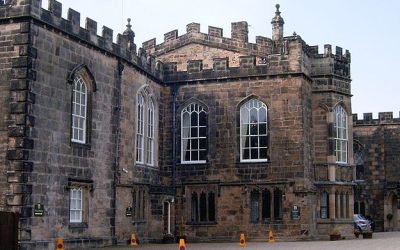
Auckland Castle
Auckland Castle was first established as a manor house around 1183 by Bishop Hugh Pudsey. When he converted the manor house into a castle, he added the great hall, the chapel, and the defensive walls.
Durham Riverside Walk
Not a medieval structure in itself, the Durham Riverside Walk lets you take in some beautiful Durham City-Riverside Scenery. The 3-mile circular walk takes approximately 1-1.5 hours and has many bridges that provide viewing platforms.


Neville's Cross
Neville’s Cross would have marked the point where pilgrims approaching Durham from the west would have first been able to see Durham Cathedral. It was also the site of the Battle of Neville’s Cross, when the English successfully repelled a Scottish invasion force in 1346.
Durham's Oldest Buildings
Similar Towns

Reading
Reading is a large historic town dating back from the 8th century in Berkshire, England.

Knaresborough
Knaresborough is a 12th-Century market town perched on the cliffs above the River Nidd.
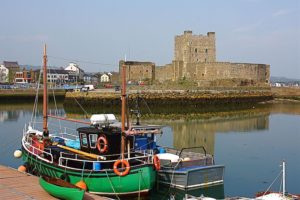
Carrickfergus
Carrickfergus sits on the north shore of Belfast Lough and is County Antrim’s oldest town
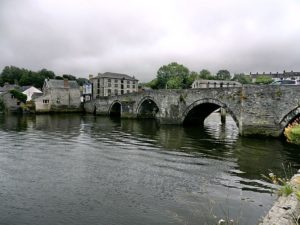
Cardigan
Cardigan was developed around a Norman castle built in the late 11th century.

Linlithgow
Linlithgow in West Lothian was once home to one of the great royal courts of Europe
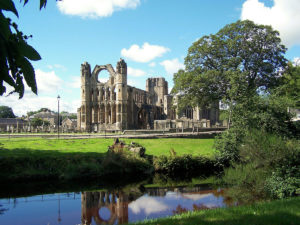
Elgin
Elgin is a town and former cathedral city in Scotland, first documented in 1190 AD.
More to see in North-East England

Lindisfarne Castle
Lindisfarne Castle is a 16th-century castle located on Holy Island.
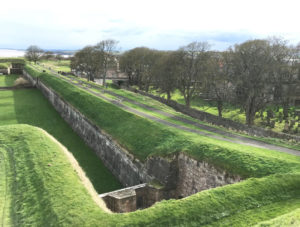
Berwick Upon Tweed Castle
Berwick-upon-Tweed Castle is a 12th Century ruined castle in Northumberland.
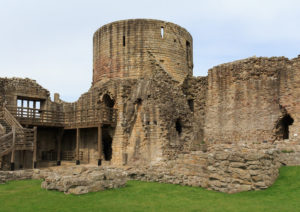
Barnard Castle
Barnard Castle is a 12th-century fortress passed to the hands of Richard III.
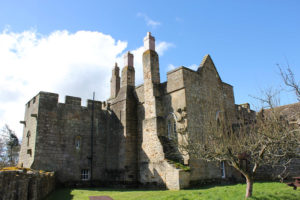
Aydon Castle
Aydon Castle is a Northumberland fortified manor house built in 1296.

Durham Castle
Durham Castle is a Norman castle built in 1072 under the orders of William the Conqueror.


